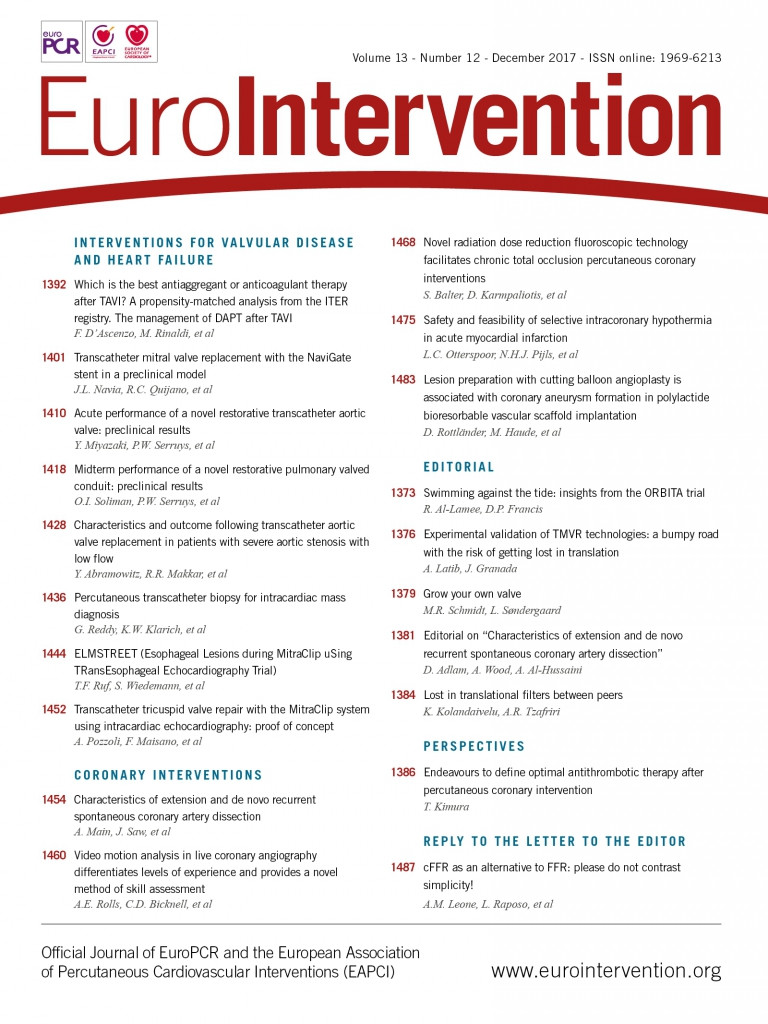
We thank Macaya et al1 for their interest in the MEMENTO-FFR study because it provides us with an additional opportunity to explain better the conclusions and implications for clinical practice of our study2. First of all, Macaya et al raised some concern on the design of the study and in particular the fact that FFR was considered the standard reference. In this regard, the design of the MEMENTO-FFR is not different from a number of other studies, namely on the ability of iFR to predict FFR3,4. We agree with their opinion that FFR is not infallible; nevertheless, we think that everyone would also acknowledge that, at present, FFR is the most validated invasive tool for diagnosing a functionally significant coronary artery stenosis in the catheterisation laboratory. Accordingly, in the current ESC guidelines for coronary revascularisation, FFR has received a class IA recommendation to assess the functional significance of a coronary stenosis when evidence of ischaemia is lacking5. Moreover, while in the early stages FFR was validated in comparison to several non-invasive techniques6, now it has become the reference standard against which non-invasive tests are compared7. All these considerations, in addition to the prognostic value and the ability to allocate the appropriate treatment correctly8, explain why FFR is now perceived by the general (including non-interventional) cardiology community as a cornerstone in the diagnosis of coronary artery disease. Consequently, although we cannot dismiss the possibility that, in the (near) future, other indices (including cFFR) can achieve comparable efficiency, it is quite surprising that FFR is so strongly questioned by these very renowned interventional cardiologists.
A second potential concern, raised by the readers, is related to the similarity of the measured indices (Pd/Pa and, more importantly, cFFR) with FFR. In our opinion, the evidence that cFFR is very similar to FFR is not a weakness but rather a strength of cFFR. In the annoying battle to find an accurate and simple surrogate for FFR, we have to bear in mind the starting point. This was the need to simplify and speed up the procedure in order to expand the use of functional evaluation of coronary stenosis in the real world, especially for those who, for financial, logistic or other reasons, cannot (or do not want to) use adenosine. For this purpose, given its accuracy and similarity to conventional “adenosine-based” FFR, cFFR is, in our opinion, a valuable and cost-effective option. In addition, iFR, which, in the opinion of Macaya et al, is “mechanistically different from FFR, Pd/Pa and cFFR”, was originally proposed by Sen et al to circumvent the use of adenosine, hypothesising that during the cardiac cycle “there is a time when resistance is naturally minimised at rest” and consequently that no vasodilator would be needed9. Unfortunately, this is not the case, as iFR during administration of adenosine is significantly reduced, showing that resistance can be lowered further also during the so-called “wave-free period”10,11. Basically, as we clearly state in the MEMENTO-FFR paper, cFFR is a simple way of inducing a somewhat lower degree of hyperaemia that could be enough for disclosing “significant” lesions in an important proportion of cases, thus circumventing the use of adenosine.
While we know from CONTRAST and MEMENTO-FFR that cFFR performs better than resting indices in predicting FFR2,11, at this point we cannot answer the question which index (FFR, iFR, cFFR or whatever) could perform better in a study that would use another independent reference standard or other clinical endpoints. This is an interesting point that still needs to be adequately demonstrated. Concerning iFR, we look forward to the upcoming results of very important clinical trials and, hopefully, to seeing replicated the vast amount of clinical evidence accumulated by FFR. In the meantime, we think that, despite the fact that the comparison of cFFR and iFR (which we do not test in our study at all) could be viewed like “comparing apples and pears”, this is what everyone does in everyday life in the cathlab. We bet that a hungry operator, coming out from a complex procedure, will choose from the fruit basket a fresh Red Delicious apple, very similar to his favourite Golden Delicious, instead of an anonymous rotten pear!
Conflict of interest statement
A.M. Leone has received speaking honoraria from St. Jude Medical. S. Baptista has received investigation grants from St. Jude Medical. N. Amabile has received consulting honoraria from St. Jude Medical. L. Raposo has received investigation grants from St. Jude Medical and speaker fees from St. Jude Medical and Volcano Corp. The other authors have no conflicts of interest to declare.

